Researchers show coordination polymer glass membranes can produce as much energy as liquid-based counterparts in fuel cells
Green Car Congress
MAY 18, 2020
Scientists at Kyoto University’s Institute for Integrated Cell-Material Sciences (iCeMS) have developed a new coordination polymer glass membrane for hydrogen fuel cells that works just as well as its liquid counterparts with added strength and flexibility. The newly developed glass polymer membrane. —Ogawa et al.

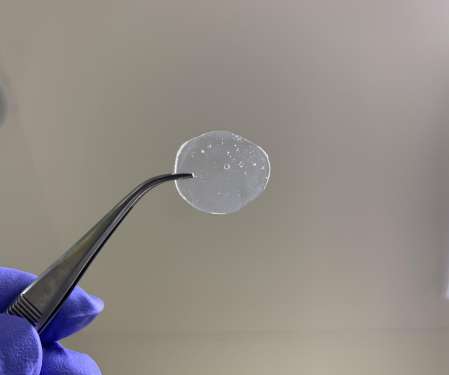
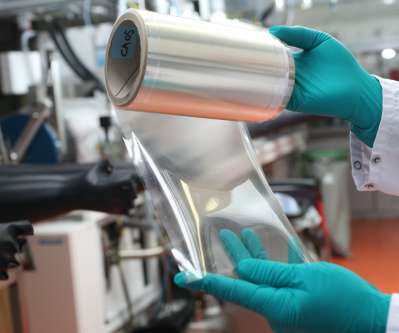

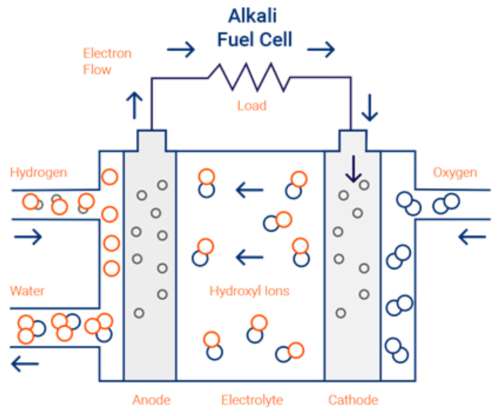

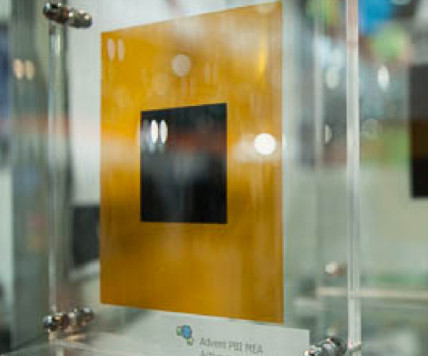
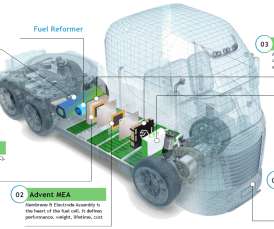
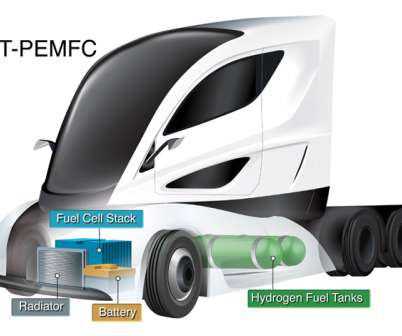
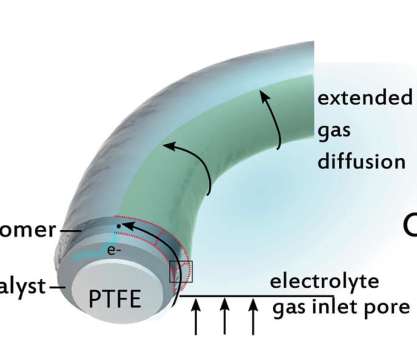



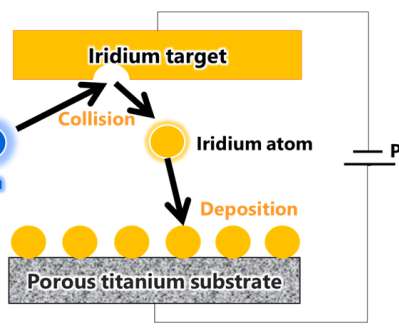










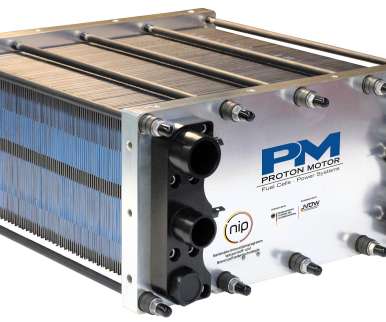
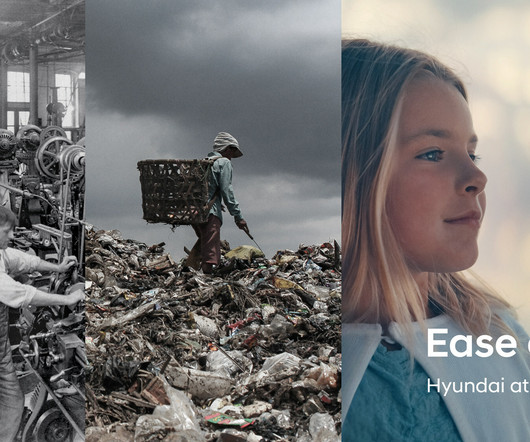

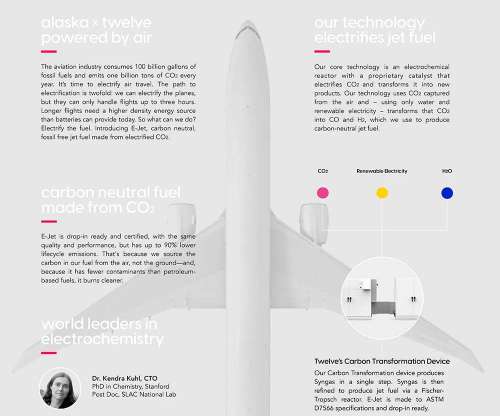





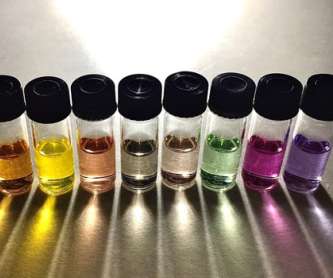










Let's personalize your content